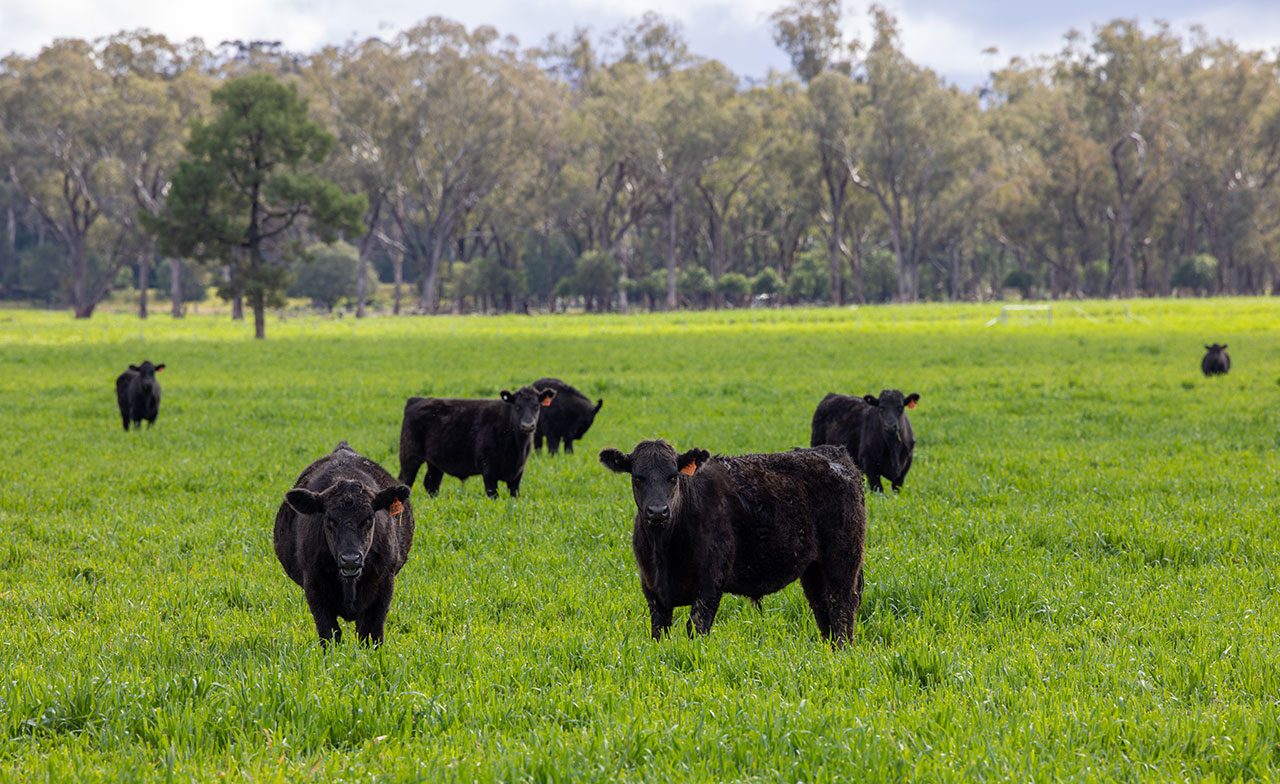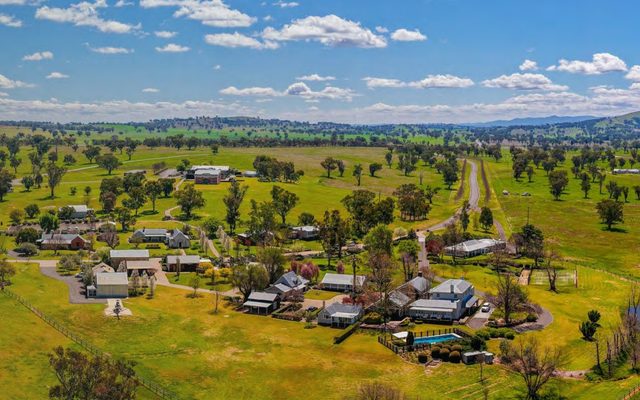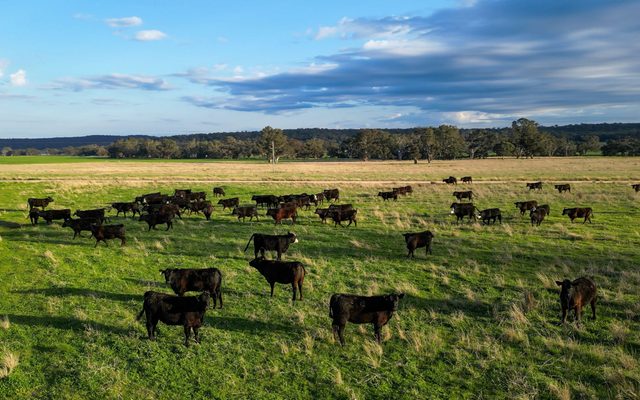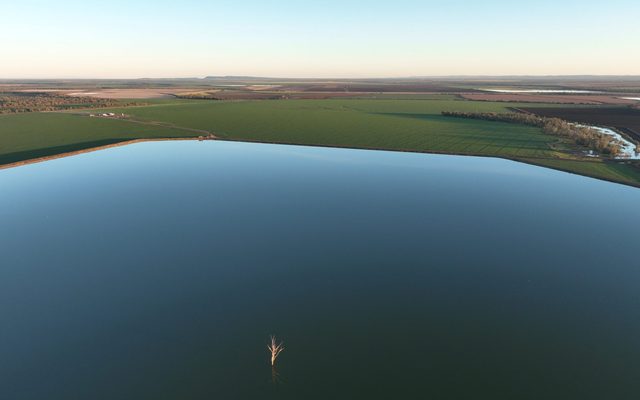This article is from the Australian Property Journal archive
CONTROVERSIAL land owned by Chinese mining giant Shenhua Watermark Coal is back in the hands of local farmers after $120 million worth of sales.
Twelve families and an Australian agricultural investment manager are among the buyers of the 16,570 hectares of land near Gunnedah, in the Liverpool Plains.
Shenhua collected most of the 20 properties that make up the holding in 2009 and 2010, with plans to develop an open-cut mine. Last year it was paid $100 million by the NSW government to walk away from mining license.
The land was put to the market in July, with leases to seven tenants who both occupy and manage various titles under independent lease agreements. It comprises three aggregations, Breeza, Tambar Springs and Barraba.
CBRE Agribusiness managed the sale.
“We made a very genuine commitment at the start of the sale process to give local producers a proper and equal opportunity to be successful in purchasing land, and we worked hard with both the family farming sector and the corporate farming sector to give everyone a fair chance, regardless of the extra work involved,” CBRE Agribusiness managing director, David Goodfellow said.
A Shenhua representative said, “We have owned the majority of these assets for over ten years and have formed good relationships with the farmers who have continued to work the land”.
“Given these properties will now be retained for farming instead of being used for a coal mine, we are delighted that CBRE has been able to work with local families to give them a real opportunity to purchase a significant portion of the land.”
The Gunnedah region is well-known for its highly productive soils, wide range of well-proven agricultural systems and its typically even distribution of rainfall throughout the year, which allows for growth of pastures for breeding and fattening livestock as well as growing both summer crops and winter crops for grain and/or fodder.
Goodfellow said the “well-known institutional investor” buyer focused on acquiring land that can be improved with highly sustainable farm development practices, and has a strategy well-aligned to support new koala corridors and regeneration areas to be established within the boundaries of the land they are acquiring.
They have acquired about 5,860 hectares of the Breeza aggregation, much of which was to be mined for coal, but which will now be re-established and used for mixed farming including livestock production and both summer and winter row cropping, according to Goodfellow.
Breeza is the largest of the three aggregations at approximately 14,270 hectares. It is used for dryland cropping and beef cattle grazing with the opportunity to irrigate, and is benefited by access to water access entitlements. The balance has been divided up between eight local families. Among those was the Warmoll family, who operate the Jack’s Creek cattle and beef business and acquired about 4,900 hectares with capacity to run approximately 3,500 cattle year-round, and the Norman family, who operate a successful row cropping business nearby on the Liverpool Plains and picked up 183 hectares.
“Families in this region have recovered well from the drought and are now looking to expand their operations to capitalise on low interest rates and the continued strength in commodity prices to make inter-generational buying decisions,” Goodfellow said.
Two separate families acquired the 1,208-hectare Tambar Springs aggregation, which comprises three non-contiguous holdings within two kilometres of each other and used for both mixed dryland cropping and beef cattle production.
Another two separate families purchased the Barraba aggregation of 1,114 hectares over two non-contiguous, nearby landholdings principally used for beef cattle and sheep production.
Some of the land across the entirety of the offering is suited to regeneration of soils and native forests and may be suitable for projects to create carbon credits, which have become very valuable amid demand to achieve targets of net zero emissions.
The sale process resulted in 59 inspections from 49 interested parties over a total of five weeks, and a total of 45 expressions of interest were received for all or part of the three aggregations.




